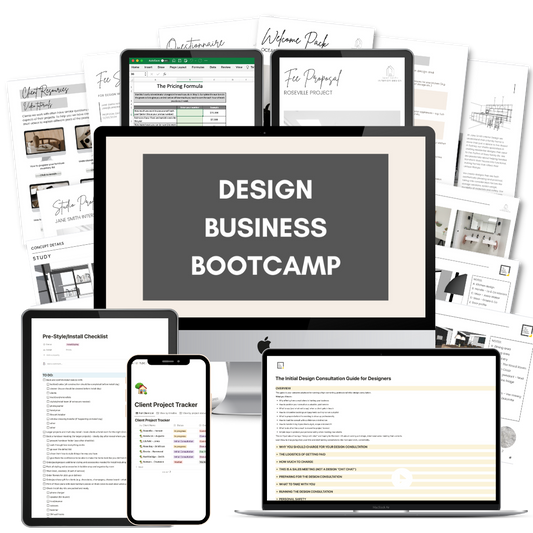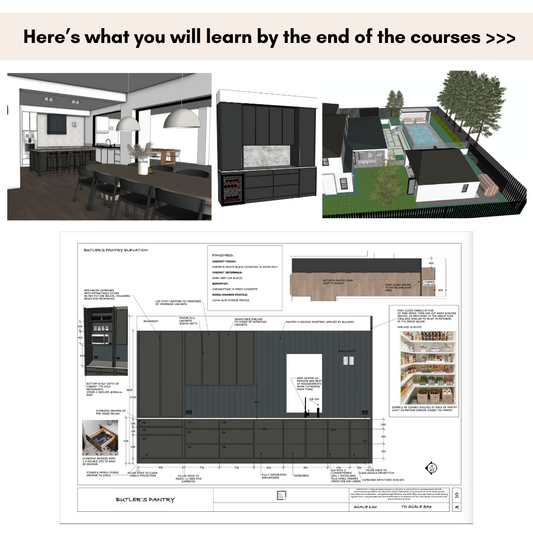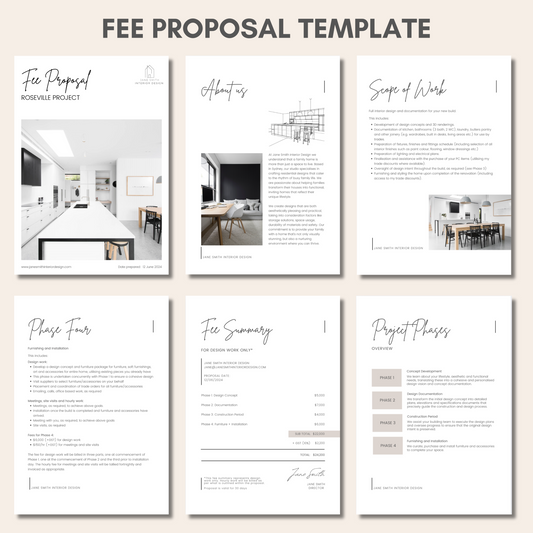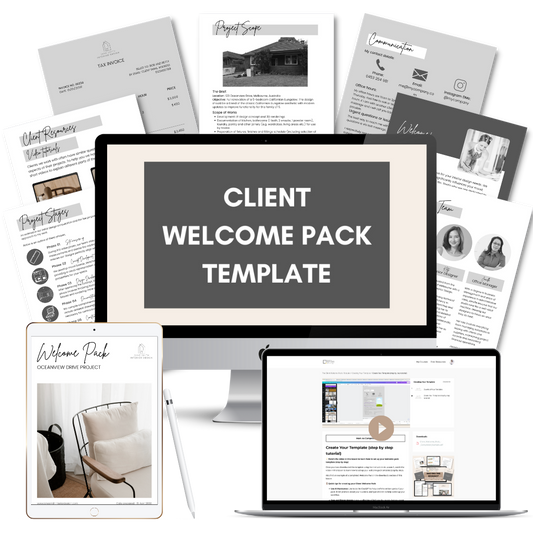Every time a potential client is deciding whether to work with you they are asking themselves: Can I trust this designer to deliver what they say they will?
It's a gut feeling that's built through trust building and pattern recognition.
A client subconsciously looks for consistency between what you say, what you show and how you behave. They are trying to work out whether you're a dependable or a risky choice.
To do that they're paying attention to small clues like whether:
- You respond quickly to DMs or emails
- Your brand looks intentional and organised
- Your language sounds clear and confident
- You look like you know what you're doing
- You have proof that you've done real client projects before
- Your projects look like what they want to do with their project
To get a client to sign with you they need to trust you. Let's look at some of the ways that trust is won or lost.
1: Brand consistency
Clients won't consciously analyse your brand but they will have a sense of whether it feels organised or chaotic.
Every touchpoint in your client journey matters e.g. your logo, photo editing style, proposal format, captions on Instagram and even small things like whether your emails have grammatical errors.
When those elements match, the client’s brain reads that you're predictable and trustworthy but when they don’t, the opposite happens.
A bio that says you work on high end homes but an Instagram feed full of budget renovations creates dissonance. The client gets the feeling that something’s off (and that feeling will cost you the job).
Designers who win big projects have brands that behave consistently. Everything looks like it belongs to one system and that predictability is why they can charge more than you (and why they have more clients than you).
2: Fast replies = professionalism
If you take over 24 hours to respond to an initial inquiry this triggers immediate doubt and the client will think "Is this how slow they are going to be during my project as well?"
You need to show potential clients that you run a structured, dependable operation. To do this set up systems that create instant reassurance. For example:
- An auto reply that acknowledges every new email inquiry within minutes and lets them know when you will be responding (then making sure you then respond within that time frame)
- Letting them know clear next steps (e.g. book an initial design consultation from the online booking form on your website)
- Letting existing clients know exactly how to communicate throughout projects (e.g. set up recurring weekly calls so they can tally up all questions throughout their week and know they have a time/space with your full attention to ask about these questions, always send them a Friday Email with an update on what's going on in their project that week)
You don't have to be sitting in front of your emails constantly but you do need to signal to clients that you're totally on top of things at all times.
3: Confident language = competence
The way you write and speak will make you either sound like a leader or a newbie hoping to please. Clear, assertive communication is a sign of experience.
Compare the two:
Weak language = I’d love to help if possible.
Strong language = The first step of all projects I work on is to book an initial design consultation so we can talk about your project and scope in detail. Here's how to book in...
Serious, high end clients want a designer who can confidently guide them through risk, money and taste. The designer who sounds like they’ve done it before automatically feels safer to hire.
So in your communication (emails, proposals, captions) remove words that soften your authority (e.g. maybe, hopefully, possibly, if you like) and replace them with confident, assertive language that gives direction.
Confidence in writing translates to confidence in leadership and that's what people are buying from you.
4: Social proof = credibility
Clients will be looking for proof that you’ve done work similar to what they want to book you for. You need a mix of three types of social proof that builds a believable narrative:
- Breadth proof: show multiple finished projects in your portfolio at the level you want to attract e.g. projects that all sit in the same aesthetic and price bracket. A portfolio with a mix of tiny renovations alongside multi-million dollar builds confuses potential clients
- Depth proof: add detailed reviews to your website that describe how you work e.g. "she took complete control of all decisions", not just the end result e.g. "we love our new home". This shows you're good at what you do.
- Recency proof: keep projects updated regularly on your website and Instagram. Also include progress shots on work in progress and document behind the scenes. A lack of updates online will read as lack of current projects, which will make people nervous.
What to do this week
- Audit your brand: Open your Instagram, website and proposal side by side. Do they look and sound like the same business?
- Review your inquiry system: Analyse how long it currently takes a new lead to get a reply. Your aim should be within minutes if possible (but at least within 12 hours at the most).
- Edit your fee proposal: Take out soft language and replace it with clarity and clear next steps and actions (or just get my fee proposal template and copy the wording in that one)
- Update your social proof: Post reviews and projects that show recency, depth and breadth.
- Pay attention to the tiny details: Check your email formatting for grammatical errors, make sure to use good file naming conventions. It's the tiny things that separate amateurs from professionals.
Clients rarely judge you on big things. They judge the small, consistent cues that tell them whether you run a calm or chaotic business.












